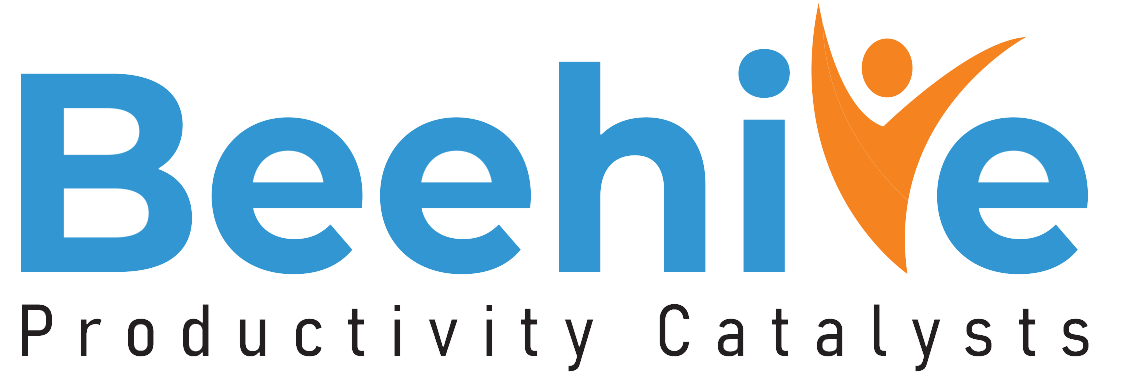How burnout is costing billions to businesses
Burnout has become one of the most significant threats to business success in the
modern world of work. It’s no longer just an individual issue. It’s not just about
stressed employees or temporary dips in morale.
Burnout in the workplace is costing businesses billions and its impact is
growing.
The World Health Organization now recognizes burnout as an occupational
phenomenon. Multiple studies suggest that burnout in the workplace is linked to
rising turnover, lost productivity, healthcare costs, and shrinking engagement. The
ripple effects touch every part of the business from innovation and collaboration to
customer experience and brand reputation.
Yet many organizations still treat burnout as a side issue for HR to manage rather
than the systemic business risk it truly is. If leaders want to build resilient, high-
performing organizations, they must face this challenge head-on. The cost of
inaction is simply too high.
The growing impact of burnout in the workplace
Burnout in the workplace has reached crisis levels in many industries and regions. The pandemic accelerated this trend, but it was already building long before 2020. Today’s employees are navigating:
- Higher workloads with fewer resources
- Blurred boundaries in hybrid and remote work
- Constant change and uncertainty
- Digital overload and always-on expectations
- Increasing pressure to deliver more with less
This results in rising rates of physical exhaustion, mental fatigue, and emotional disengagement. Some of the surveys suggest:
77% of employees report experiencing burnout in their current roles.
(Source: Deloitte)
42% of women and 35% of men say they feel burned out often or almost always.
(Source: McKinsey & LeanIn.org)
63% of managers themselves are experiencing burnout, a sign that leadership layers are struggling as well.
(Source: Future Forum Pulse)
Burnout is no longer an isolated issue affecting a small minority. It has become a systemic risk that can undermine an organization’s ability to execute, compete, and grow.
The true cost of burnout to businesses
While the human cost of burnout is immense, the financial impact on businesses is equally staggering and often underappreciated.
Globally, workplace stress and burnout are estimated to cost the economy over $322 billion in lost productivity each year. (Source: WHO, Gallup)
Let’s break this down:
- Turnover Costs: Burnout is a leading driver of voluntary turnover. Studies show that up to 50% of employees who leave their organizations cite burnout as a key reason. Replacing an employee typically costs 1.5 to 2x their annual salary. For critical roles, that number is even higher. In high-turnover environments, these costs add up quickly and erode profitability.
- Lost Productivity: Burned out employees may stay but they are far less productive. Presenteeism (being physically present but mentally disengaged) is rampant in high-burnout cultures. Studies show that burned out employees are 63% more likely to take sick days and 23% less productive overall. The impact is felt in quality, speed, innovation, and customer experience.
- Healthcare Costs: Burnout is linked to numerous physical and mental health issues including heart disease, depression, anxiety, and sleep disorders. Employers bear the cost through higher insurance premiums, increased claims, and more frequent disability leave. In markets where employer-provided healthcare is the norm, this is a direct and growing expense.
Burnout is a business risk
One of the biggest misconceptions about burnout and employee wellbeing is that it’s an HR problem. In reality, it is an organizational risk that touches every part of the business. Here’s why:
- Talent strategy: Burnout fuels attrition and damages employer brand, undermining talent acquisition and retention.
- Financial performance: Burnout erodes productivity, increases costs, and weakens profitability.
- Innovation and growth: Burnout stifles creativity and adaptability, both critical for competing in fast-changing markets.
- Risk and compliance: Burned out employees are more likely to make compliance errors or ethical lapses.
How burnout impacts employee wellbeing and performance?
At an individual level, burnout profoundly damages both wellbeing and performance. Employees experiencing burnout typically exhibit:
- Physical exhaustion and increased illness
- Emotional detachment and cynicism
- Reduced sense of accomplishment
- Cognitive fatigue and poor decision-making
- Lower engagement and discretionary effort
These effects ripple through teams. Burnout is contagious. When one employee burns out, others pick up the slack increasing their own risk of burnout. Morale and trust erode. Collaboration breaks down. From a performance perspective, this creates:
- More errors and quality issues
- Slower project delivery
- Higher absenteeism and presenteeism
- Declining customer experience
- Increased conflict and turnover
Over time, the entire performance system of the organization degrades. This is why burnout is not simply a human cost, it is a direct business cost.
Why burnout is a systemic problem?
Many burnout prevention efforts focus on the individual: resilience training, meditation apps, time management tips. While these can help, they do not address the root causes of burnout which are almost always systemic. Research from the Mayo Clinic and other leading institutions identifies six key drivers of burnout:
- Unsustainable workload
- Lack of control or autonomy
- Insufficient reward or recognition
- Poor community and social support
- Lack of fairness or equity
- Value conflicts, doing work that feels meaningless or misaligned with personal values
Addressing these drivers requires changes to leadership behaviour, team norms, workload management, performance expectations, and organizational culture. In other words, burnout is a system problem and only system-level solutions will create lasting impact.
The role of leadership and HR in burnout prevention
Preventing burnout requires both cultural change and structural change and both must start with leadership and HR working in partnership. Leadership sets the tone. If executives glorify exhaustion and reward unsustainable effort, burnout will flourish.
HR plays a critical role in enabling this shift by designing burnout prevention strategies, policies, and manager training that support healthy performance. Here’s what the most progressive organizations are doing:
- Redesigning workloads
- Training leaders on burnout
- Wellbeing in performance reviews
- Rethinking rewards
- Enabling recovery
When these practices are built into daily operations, burnout falls and performance improves.
How Beehive HRMS help address burnout strategically
Building a burnout prevention strategy requires visibility, data, and systemic support. Beehive HRMS turns burnout prevention into a measurable, actionable business strategy. A smart solution that helps organizations protect their people and their performance.
- Beehive’s dashboards are designed to highlight risk of burnout from heavy workloads.
- As a preventive measure, engagement tools flag early signs of burnout.
- The dashboards and reports assist leaders in managing workloads and promoting wellbeing.
- Smart performance metrics to focus on sustainable results and not just number of hours.
- Wellbeing tracking to measure the impact of burnout strategies helps build a resilient culture.
Reflection
Burnout is no longer an issue that can be ignored or outsourced to HR wellness programs. It is an enterprise-wide risk costing billions through lost productivity, turnover, and reduced innovation. The solution is not resilience workshops or meditation apps alone. It is a systemic change in leadership behaviour, workload design, performance expectations, and culture.
Organizations that follow this change gain:
- Higher retention and engagement
- Stronger, more resilient teams
- More innovation and agility
- A better employer brand and customer experience
The future belongs to businesses that treat wellbeing as a strategic priority and act accordingly. The cost of burnout is too high. The ROI of prevention is too great. The time to lead this change is now.






